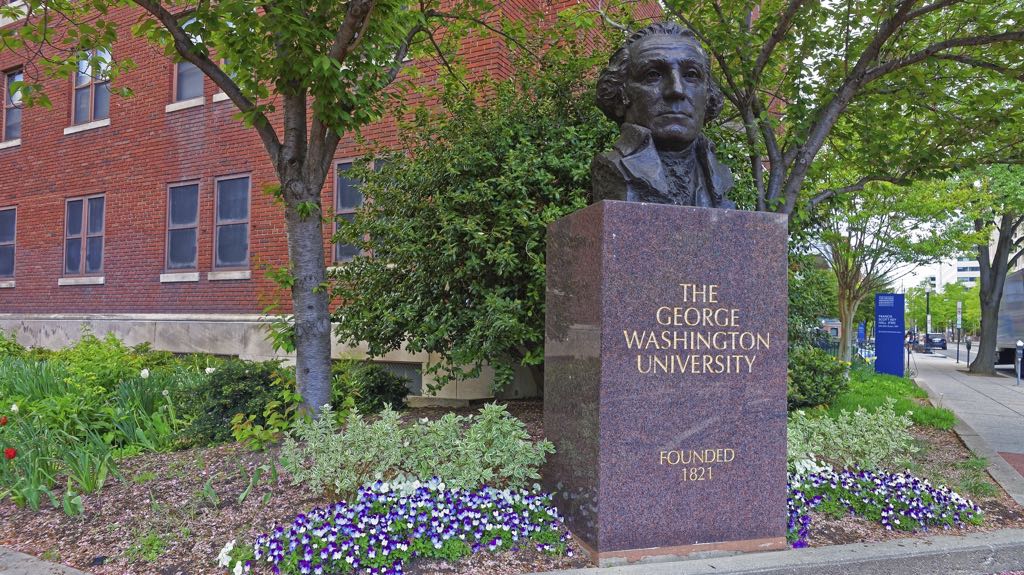For years, students at George Washington University relied on tricks like switching browsers, clearing their caches, or looking for PDFs of articles to get around the paywalls of major publications like the New York Times, the Washington Post, and the Wall Street Journal.
And so this January, says Catherine Morris, a junior in the School of Media and Public Affairs, the university’s Student Association took up a long-running quest to get GW students full digital access to those publications. The efforts date back to 2011, when GW canceled its print subscription program, which provided students with dead-tree editions of the Times, the Post, and USA Today, citing budget constraints.
As Sydney Erhardt wrote in the GW Hatchet in 2017, the university suggested a workaround for students who wanted to get their news digitally: Use the library’s “news stream database,” which meant, she wrote, that “a student has to search for specific terms or dates to get the correct content.” Not exactly scrolling through the headlines!
Student Association types helped make the case to the university muckety-mucks by putting together a “market basket” analysis of similar schools and what they offered. As the pandemic forced students home for this year, access to the Post was particularly desirable, Morris says: “It’s almost more important when we can’t be in DC for most people to know what’s going on.”
After students met with representatives from two of the news organizations, GW executive vice president and CFO Mark Diaz negotiated terms with each for access for students, faculty, and staff. A GW representative declined to say how much the subscriptions cost, but this hasn’t been an easy year for the university, which has cut budgets and staff during the pandemic. Basic student subscriptions to the news organizations, were students to buy them individually, cost around $4-5 per month apiece.
Students can access the subs through a GW Libraries portal. The Times and Journal allow GW students access via their apps and websites; the Post allows only access through its website. In a time of non-stop news and misinformation, the access is crucial, Morris says: “It didn’t happen before the election, but we got it before the election was called.”




















